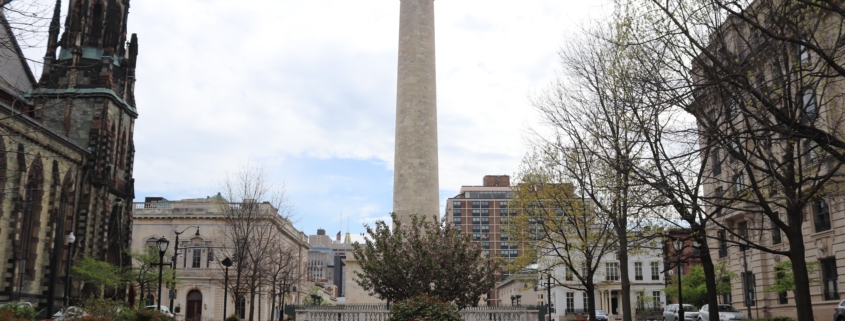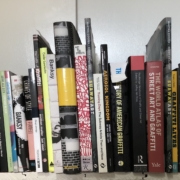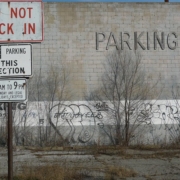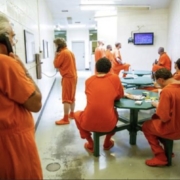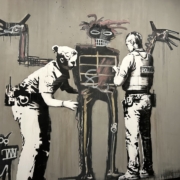Urban Street Ethnography Interruptus
Every semester, for almost a decade, I close out the term, by giving my undergraduate students, enrolled in my Contemporary Criminal Justice System class, the option of conducting a very basic urban street ethnography.
Almost all of my students have graduated from a two year program in Criminal Justice from a local community college. Some of them are former or current Criminal Justice practitioners, while others are considering careers in this field. For most of my students, this is their first semester at University of Baltimore (UB).
Armed with a lecture that I deliver on the subject, one reading, a couple of www.youtube.com videos, and a set of detailed instructions, I send them out into the mean streets of Baltimore.
I joke when I say the mean streets, because my detailed assignment instructs students to only walk around the major thoroughfares (and not the back alleys) of the Mount Vernon neighborhood of Baltimore, an approximate five by twelve block area adjacent to the UB campus. I also tell them to walk (not drive) around in pairs (not groups), during the relatively tranquil daylight hours.
There is a respectable amount of pedestrian and vehicular traffic in the Mount Vernon neighborhood. In addition to the Washington Memorial (the first one erected in the United States to commemorate George Washington), which is one of the centerpiece landmarks, there are lots of businesses and organizations located there. Mount Vernon also hosts numerous types of residences like row houses and apartment buildings. Unlike other parts of Charm City, few of the structures are boarded up. There is also a relative diversity of people, in terms of race, ethnicity, and socio-economic status.
I encourage, but don’t mandate, my students to speak to the people they encounter. Most importantly I tell them to not simply or superficially report what they see, but to tell me a story about what they observe, whom they encounter, what they hear, what they smell, etc. Most importantly, I want my students to critically reflect upon what they experience.
I use this assignment for a number of reasons. I know that in the academic field of Criminology/Criminal Justice, because the field is so heavily dominated by quantitative research, this may be the first and only time that they get the opportunity to engage in qualitative research that involves their actual participation.
Another reason I give my students the option to complete this exercise, is because after a semester of listening to me ramble or rant on about the criminal justice system, I realize that they need a break and there is no better excuse to get out of the classroom, and “to get their hands dirty,” than though first-hand experience like going out into the field.
The street ethnography assignment also provides students with an additional opportunity to hone their writing skills.
To some extent, the exercise is also a chance for my students to apply the material they learned during the semester to a real life situation. In this vein, it’s important for students to not only learn the material they are presented with in the classroom at a conceptual level, but to apply what they learn to the communities in which they live and work and vice versa.
Most importantly, I use this assignment to force my students to confront negative stereotypes they may have about Baltimore; especially the one that concerns how dangerous the city is. Many of my students come from the surrounding counties. For them, going to the University of Baltimore is the first time that they have encountered the city up close. They come to UB with a great deal of trepidation. Many of my students, like most Americans, have negative perceptions about Baltimore and its street culture based on shows like The Wire. At the very least my students learn that not all areas of Baltimore are dangerous. And that not all dangerous parts of the city are dangerous all the time.
Many of my students report that the assignment is one of the most interesting and fun things they have done all semester in my class.
Now, because of COVID-19 I can’t require my students to do this assignment any more. Predictably the university is worried about liability issues.
Sure, modified street ethnographies conducted by students during the pandemic can be done. But they involve numerous hoops and ladders that need to be negotiated, making the entire process a headache, and not fun. Doing an ethnography under masked conditions and social distancing significantly minimizes what I’m trying to accomplish.
One of the things that I’m looking forward to after the pandemic settles down, is getting my students back on the streets, so they can encounter what occurs on them, understand their unique street culture, and benefit from the knowledge that they gain through the exercise I exposed them to.
Photo credit: Elvert Barnes, Walk North Baltimore MD

